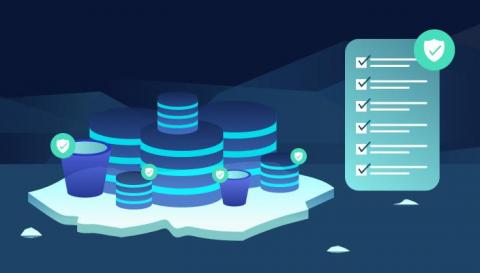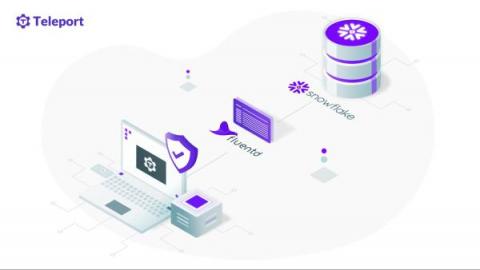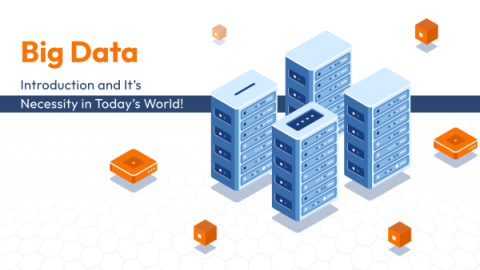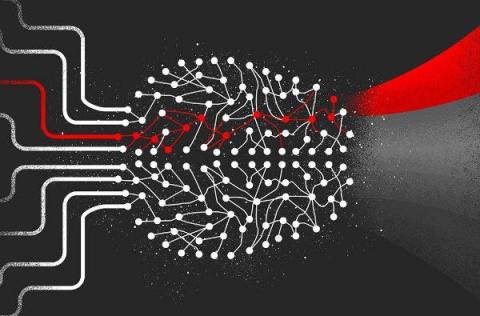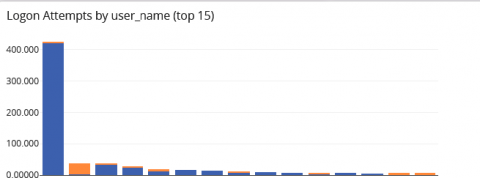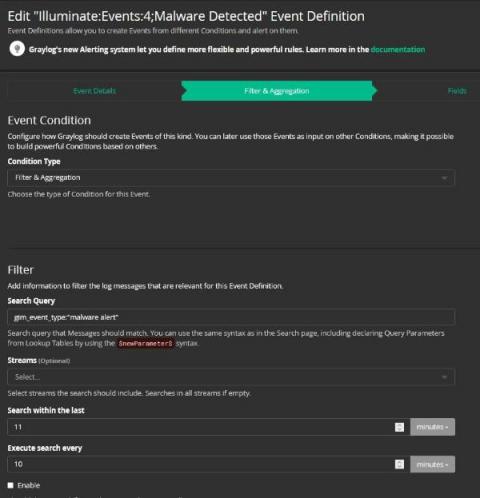Leveraging Your Data to Drive Business Outcomes and Improve Cyber Resilience
It was another eventful year for security professionals in 2022. The year began on the tail of the Log4j vulnerability, data breaches were on the rise, and ransomware attacks were as prevalent as ever. So it’s safe to say cyber resilience is required to be at the forefront for public sector leaders.




